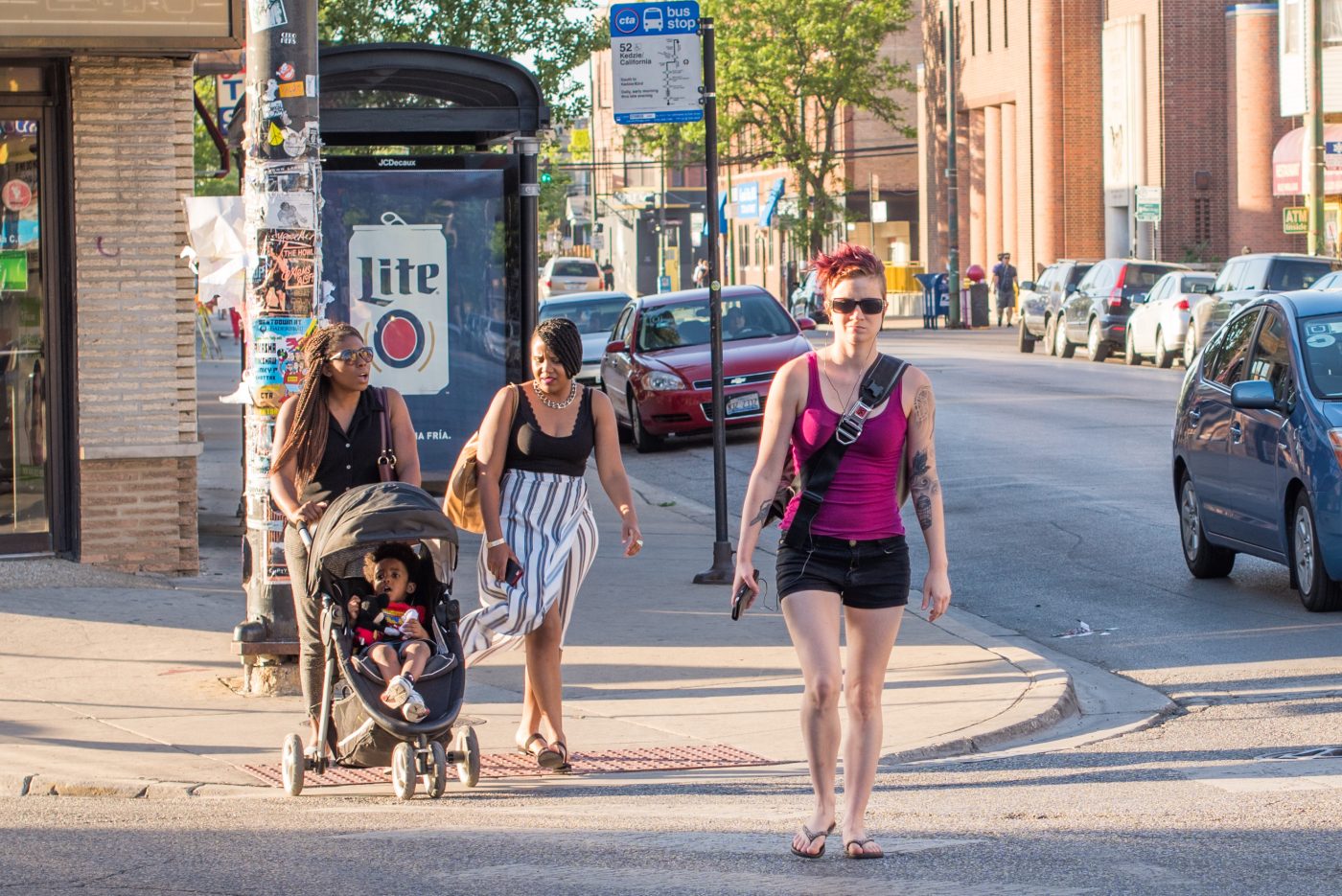Lack of Hospitals and Care Providers, Higher Black Populations Mark Areas of Low Therapy Reliance in US

Adherence among lupus patients to hydroxychloroquine (HCQ), the backbone of disease therapy, is suboptimal overall but particularly poor among those on Medicaid who live in areas with fewer hospitals, larger African-American populations, and with a shortage of health professionals.
These results were reported at the 2017 American College of Rheumatology Annual Meeting (ACR/ARHP), held in San Diego, in the presentation “Area-Level Predictors of Medication Nonadherence Among U.S. Medicaid Beneficiaries with Lupus: A Multilevel Study.” The study was led by researchers at Brigham and Women’s Hospital and Harvard University.
Lupus is nearly 10 times more common in women than in men, and occurs up to three times more often in women of color. Age, race, and poverty have already been linked with poorer adherence to HCQ in patients.
Researchers decided to look at the regional environment of patients on Medicaid — a federal-state program that covers lower-income residents in the U.S. — and their HCQ use. The identified areas of poverty, lower education, racial characteristics, and healthcare resources, etc., by zip code, county, and state-level characteristics contained in the American Community Survey, the government census data.
The study included 10,268 new HCQ users with lupus (six or fewer months since first prescription), who resided within 4,930 zip codes in 1,414 counties in 28 states. Adherence was measured over a 12-month period using medication refill data.
Only 15 percent were found to be adherent to HCQ, with adherence defined as taking the medication on 80 percent of the days covered.
HCQ treatment adherence was poorest among those Medicaid beneficiaries with lupus who lived in areas with fewer hospitals — 24 percent lower — compared to those with better services, followed by a 19 percent lower adherence among those in areas with higher percentages of African-American residents. In places with shortages of medical, dental, or mental health providers, noted as Health Professional Shortage Areas, adherence was 14 percent lower, the study reported.
“Studies in other chronic diseases demonstrate that where individuals live has a significant effect on their health-related behaviors and on disease control and outcomes,” Candace Feldman, MD, ScD, assistant professor of Medicine at Harvard Medical School and a lead author of the study, said in a press release.
“Adherence is a complex behavior that has an important effect upon disease activity, morbidity and mortality among patients with SLE. To date, most interventions to improve adherence among SLE patients have been unsuccessful and significant racial/ethnic and socioeconomic disparities persist,” she added. “Understanding the influence of area-level factors on this behavior may provide additional clues to inform future interventions.”
The researchers argued for further study to “assess whether racial residential segregation and poorer availability of high-quality medical care may contribute to racial differences in HCQ nonadherence and in turn, to disparities in lupus outcomes.”






